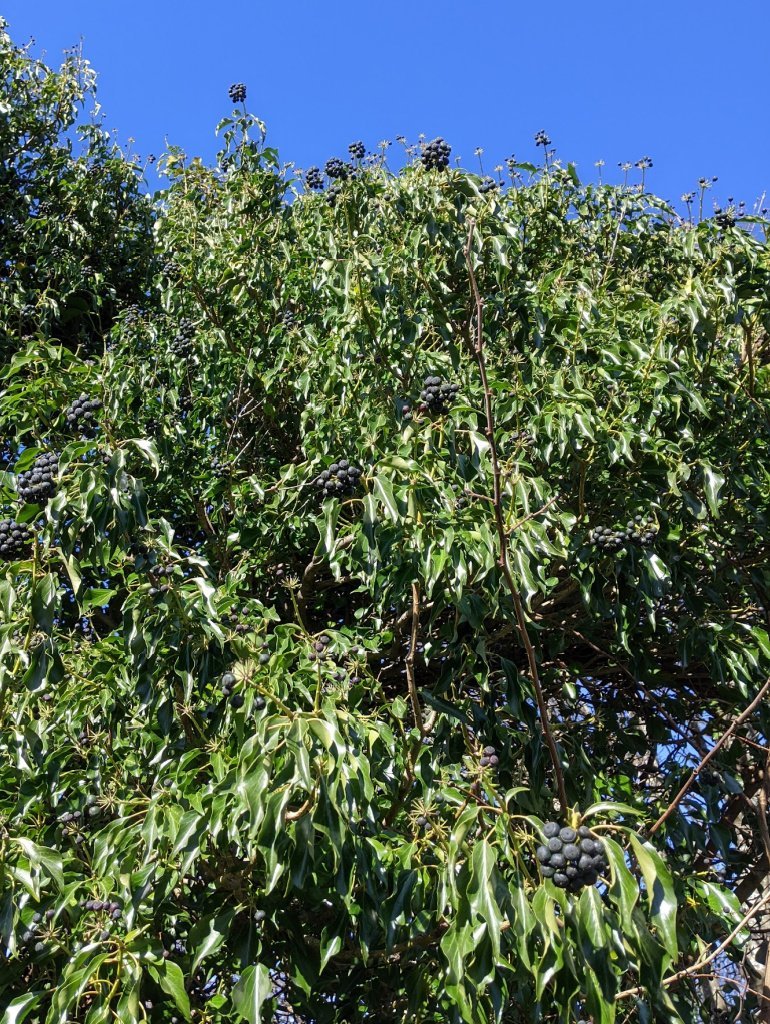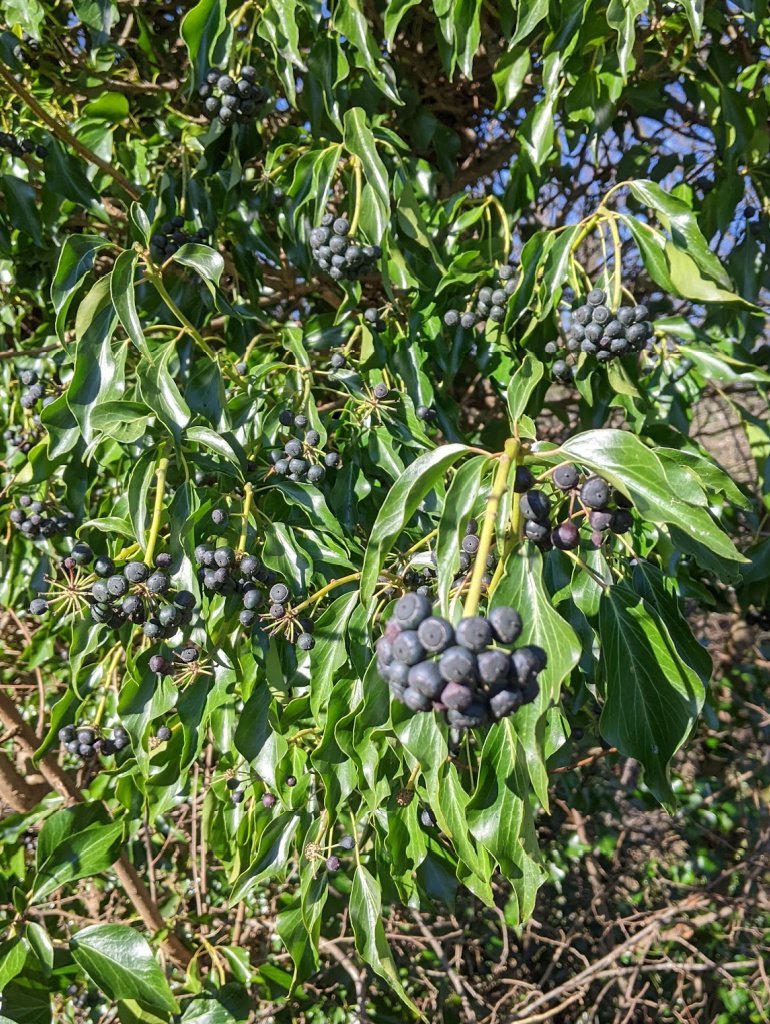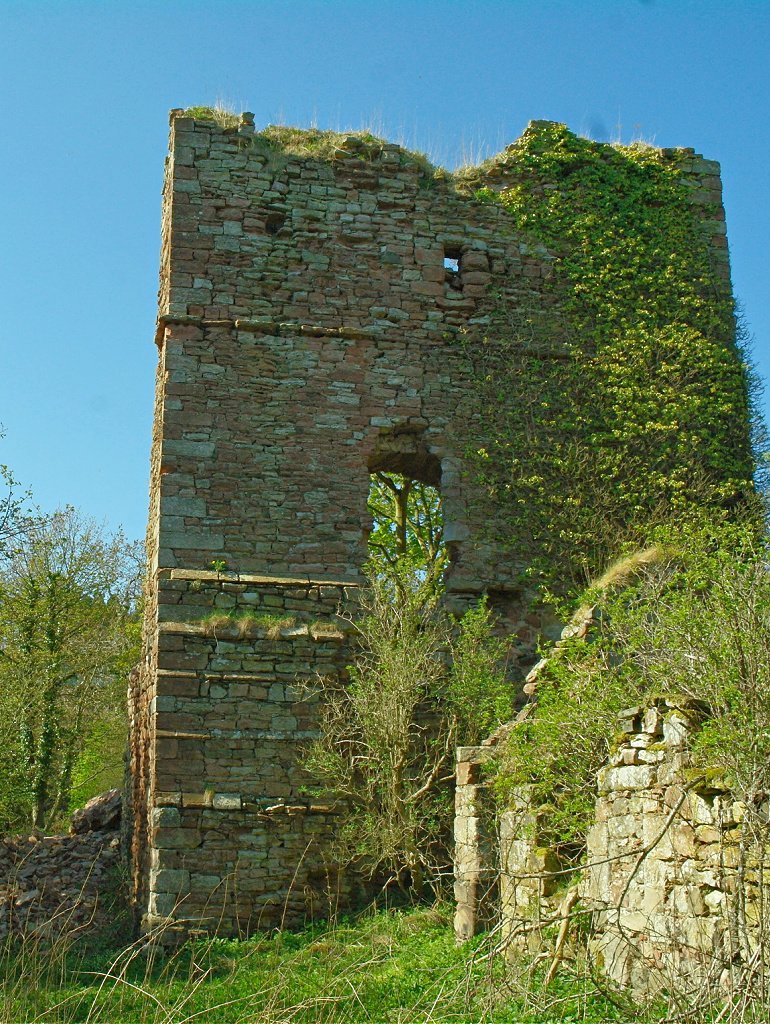In these days of awareness of high energy costs, when it comes to home heating, is ivy suitable for insulation (outside – obviously!) or is it a creeping menace?
I ended up talking to this chap at a party the other day. It turned out he was a planning officer. We ended up talking about home insulation. (How come I end up in these scintillating discussions?)
He said that if you really wanted to improve the insulation on your walls the cheapest way was to grow a covering of ivy. I suppose in his job he should know.
However, using ivy for insulation isn’t quite that simple. Grow ivy up your wall if it is in good condition to start with.
Ivy for insulation – only if the wall is sound
If you have crumbly mortar between the bricks then you are asking for trouble. If you have cracked or loose harling – don’t folk in England call this rendering or pebble-dashing, by the way? – then covering it is not going to improve matters.


But over sound structures ivy for insulation keeps the rain and wind off the wall all year round and helps to raise the temperature. A
protected wall means less heat loss.
I wonder if you’d get a grant for it? Probably not – but joking aside, anything that makes our houses more energy efficient and costs so little to ‘install’ has to be worth looking at.
Ivy and old buildings
Ivy got its reputation for not doing walls any good simply because it is associated with old buildings and ruins. The chances are, the structures were already in decay by the time the plants took hold.


Ivy clings on to vertical surfaces using aerial rootlets with matted pads. These fix themselves quite strongly to rough stone or harling allowing the plant to reach 20–30 m (66–98 ft) in favourable conditions. (Keep it out of gutters and going under roof coverings though.)
Ivy is a useful plant in a number of garden situations.
It grows just about anywhere for a start, and is especially
tolerant of shade.
What to do with ivy in the garden
You don’t even have to train it up a wall. Cover up an old tree stump or drape it over that unpleasant piece of concrete-moulded garden statuary – that gnome perhaps? – that you bought in a weak moment.
Mature plants change their leaf shape on flowering stems. Lobed leaves – what we normally think of as ivy leaves – are replaced by unlobed leaves on flowering stems exposed to lots of sunlight.
These stems produce flowers in summer and then dark bluish berries. These ripen late in the year and are appreciated by the birds, though not recommended for humans.
Well-grown ivy makes good cover. The local blackbird produced a brood in a friend’s wall-covering ivy this year. In fact, the plant’s wildlife value is quite high, as the greenish-yellow flowers are visited by gardener-friendly hoverflies and small tortoiseshell butterflies as well.
Variegated ivy and other varieties
The leaves of this obliging climber don’t even have to be plain green. Hedera helix ‘Goldheart’ is a popular and commonly seen species with golden-yellow centres to the small leaves. It is reasonably fast growing and easy to propagate from stem cuttings in summer or autumn.

Some of the variegated forms tend to revert to a green leaved form. If that bothers you, then you have to get busy with the secateurs.
Other good varieties include H. colchica ‘Dentata
Variegata’, another large leafed green and yellow form, as is ‘Sulphur Heart’. And since all varieties are evergreen (or maybe ever-yellow and green), you get the bonus of winter colour as well.
However, I would be a little choosy about where you plant H. canariensis. It’s another variegated form often seen for sale but isn’t, in my experience, quite as tough as the others. According to folk lore, grow plenty of holly and ivy in your plot as a protection against witches, fire and infertility. And, as Christmas approaches, male chauvinists take note.
The folklorists also remind the chaps to take in the holly for decoration before the ivy to ensure you will be boss in the household. No, really. Och, it’s just folklore.
If you want to know more then take a look at Thermal blanketing by ivy (Hedera helix L.) can protect building stone from damaging frosts. This is a paper originally published in the weekly scientific journal Nature.
